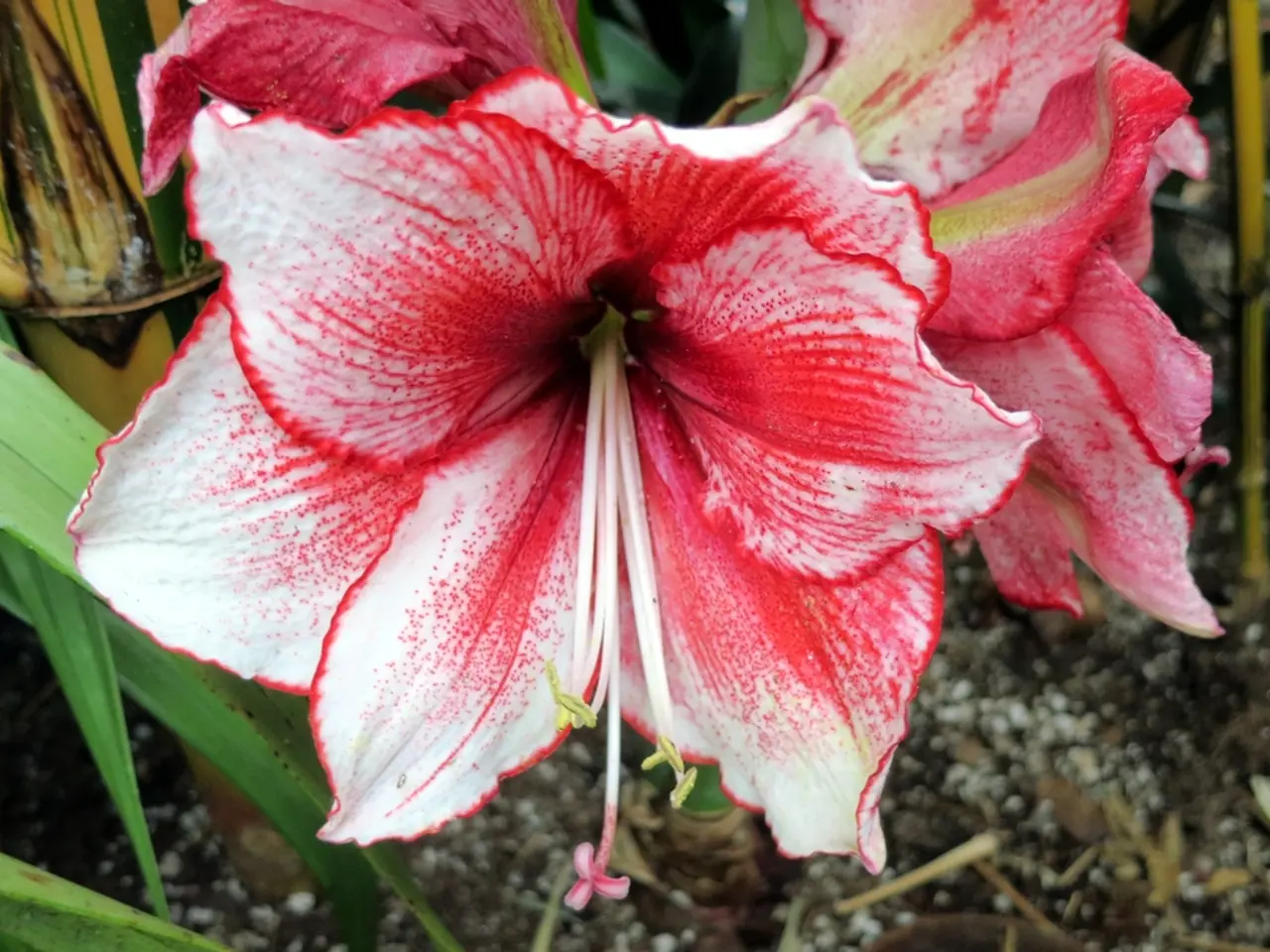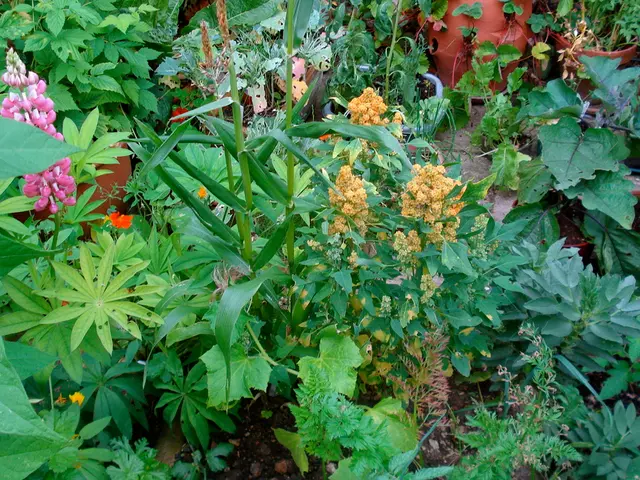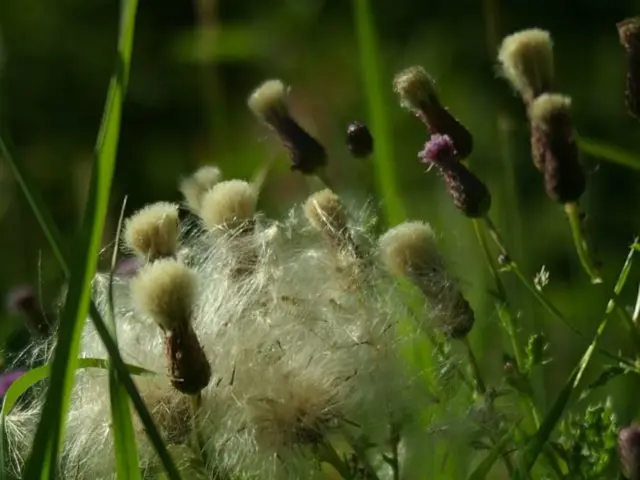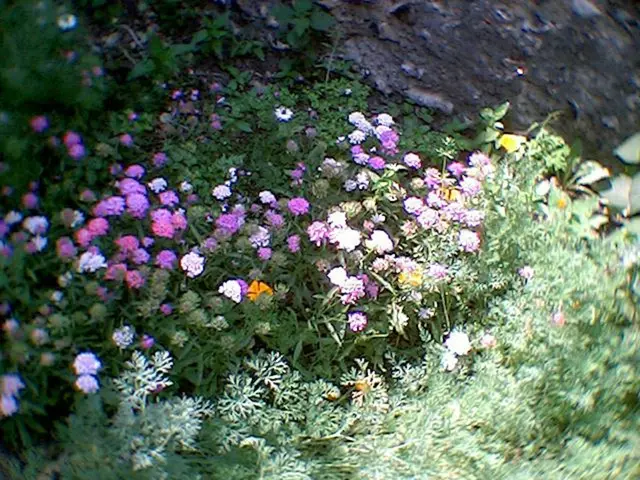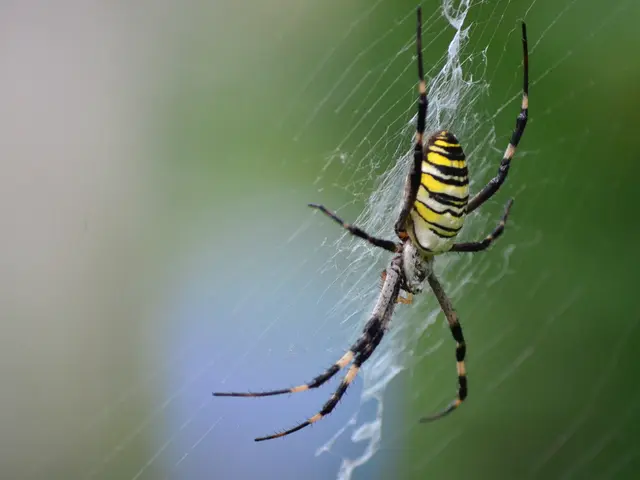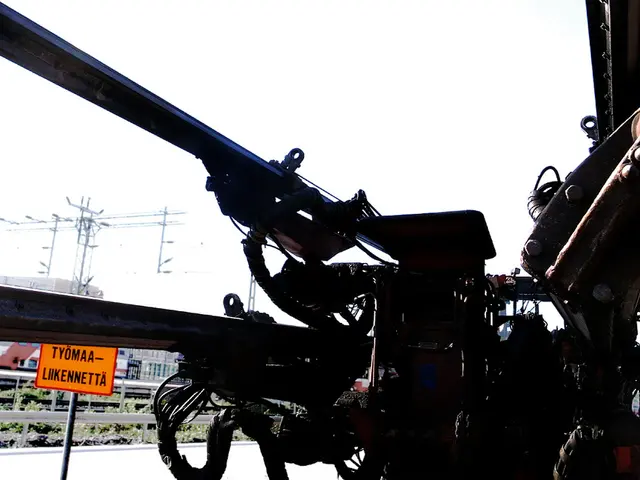Selecting the Ideal Blend: A Guide to Picking the Perfect Herb and Soil Combo for Your Garden
Indoor or outdoor, growing herbs requires a thoughtful approach to soil selection. Each herb has specific needs that must be met to thrive, and understanding these requirements is key to a successful herb garden.
For outdoor herb gardens, the soil should mimic the herb's natural habitat. Mediterranean herbs like rosemary, thyme, oregano, and sage thrive in well-draining, sandy or rocky soil with low fertility. On the other hand, basil, parsley, cilantro, chives, and dill prefer fertile, loamy soil rich in organic matter. It is essential to consider soil pH, with most herbs preferring slightly acidic to neutral soil (around pH 6.0 to 7.0).
Indoor herbs benefit from a rich, well-draining potting mix that contains compost and good aeration. Herbs that prefer more moisture, like basil, may require more frequent watering indoors, while Mediterranean herbs (rosemary, thyme) prefer drier soil with good drainage. A recommended mix for containers is equal parts topsoil, compost, and sand to provide nutrients, drainage, and aeration.
Container soil depth depends on the herb type: leafy herbs can manage with about 8-12 inches of soil, while larger or fruiting herbs may need 18 inches. To prepare the soil for planting herbs, test soil pH, amend soil by mixing topsoil, compost, and sand in equal parts, and ensure containers have drainage holes.
For indoor herbs, it is recommended to create a potting mix using sterilized compost, peat moss alternative, and worm castings. The ideal soil pH level for herbs is between 6.1 and 7.0. Plants grown in containers may benefit from a liquid fertilizer boost to compensate for limited soil space and reduced access to natural nutrients.
When choosing the best soil for herbs, consider the location and climate to ensure the soil has enough sunlight and is well-drained. For outdoor raised garden beds, amend the soil to improve drainage and water retention abilities. For outdoor container gardening, use a high-quality potting soil with plenty of organic material and good drainage.
It is important to choose a container that is the right size for herbs, neither too small nor too large. To test the pH level of your soil, you can use PH Testing Probes, PH Testing Strips, Digital pH Meters, Home Pantry Method (Vinegar and Baking Soda), Soil Testing Kits, or send a soil sample to a soil-testing laboratory.
By matching the soil type to the herb’s natural habitat and carefully preparing the soil with good drainage and the right fertility, you will encourage robust growth and the best flavor in your herbs. Happy gardening!
- Indoor plants like herbs also require a thoughtful approach to soil selection, with a rich, well-draining potting mix that contains compost and good aeration being beneficial.
- In environmental-science terms, the choice of soil for herbs can significantly impact their growth, as some herbs prefer drier soil with good drainage (Mediterranean herbs), while others require fertile, loamy soil rich in organic matter (like basil and parsley).
- Gardening experts often recommend using a high-quality potting soil with plenty of organic material and good drainage for home-and-garden projects involving outdoor container gardening, to ensure a suitable climate for herb growth.
